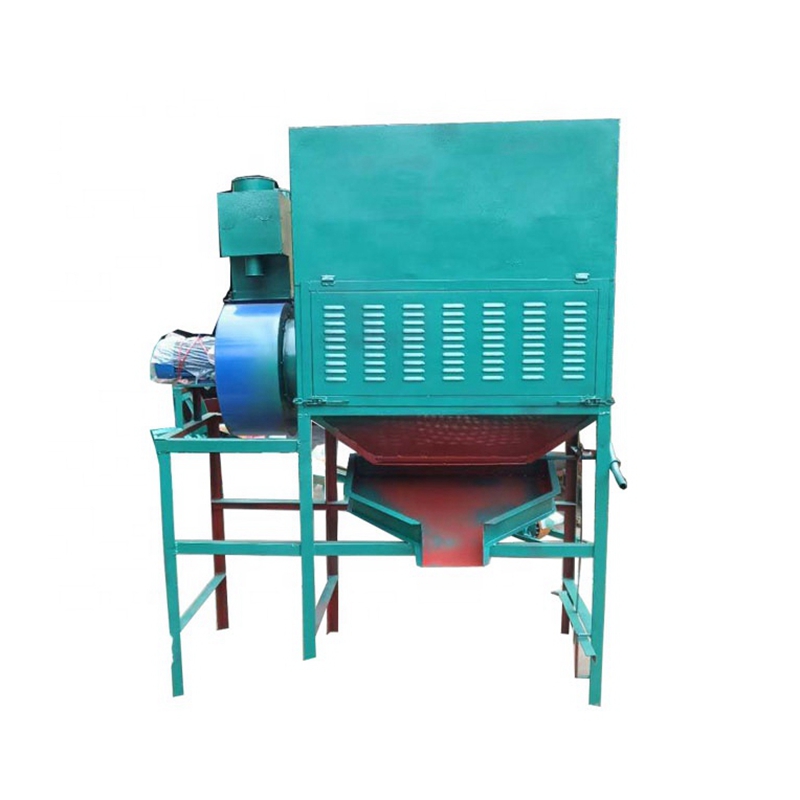Understanding the Importance of Scalding Tanks in Food Processing Safety
Nov . 28, 2024 07:12 Back to list
Understanding the Importance of Scalding Tanks in Food Processing Safety
Understanding Scalding Tanks Safety, Design, and Maintenance
In various industries, especially in food processing and water treatment, scalding tanks are critical components used for heating liquids to specific temperatures. These tanks play a crucial role in processes such as sterilization, pasteurization, and cleaning. In this article, we will explore the design, safety considerations, and maintenance practices associated with scalding tanks.
What is a Scalding Tank?
A scalding tank is a vessel specifically designed to heat liquids, such as water or brine, to elevated temperatures for various applications. Typically constructed from stainless steel or other corrosion-resistant materials, these tanks are engineered to withstand high temperatures and pressures, ensuring both durability and reliability during operation. The primary function of a scalding tank is to facilitate heat transfer in a controlled manner, ensuring that the desired temperature is achieved uniformly throughout the liquid.
Applications of Scalding Tanks
Scalding tanks are utilized in a range of processes. In the food industry, they are essential for removing feathers from poultry during processing, a method that requires heating water to temperatures around 140°F to 160°F (60°C to 71°C). This process helps ensure that the meat is clean and safe for consumption. Additionally, scalding tanks are commonly used in the dairy industry for pasteurizing milk, effectively killing harmful bacteria while preserving the product’s quality.
In water treatment, scalding tanks are also employed for disinfection purposes, where high temperatures can eliminate pathogens in wastewater. In these scenarios, the tanks must maintain precision in temperature control to achieve optimal results.
Safety Considerations
Safety is paramount when dealing with scalding tanks due to the inherent risks associated with high-temperature operations. The potential for burns, steam explosions, and equipment failure necessitates stringent safety protocols. Operators must be trained to handle the equipment responsibly, understanding the dangers of high-temperature liquids and the mechanics of the scalding system.
scalding tank

Regular maintenance and inspections are crucial for ensuring the integrity of scalding tanks. This includes checking for leaks, ensuring that safety valves are functioning correctly, and maintaining the integrity of insulation to prevent heat loss and reduce energy consumption. Furthermore, emergency shut-off systems should be in place to minimize risks in case of a malfunction.
Design Features
When designing a scalding tank, several factors need to be considered. The tank must be capable of accommodating the volume of liquid required for the specific application, and it should be designed for efficient heat transfer. Features such as agitation systems can help promote uniform heating, ensuring that all parts of the liquid reach the desired temperature.
The tank's inlet and outlet systems should facilitate the smooth flow of liquids to prevent bottlenecks and ensure efficient operation. Additionally, incorporating temperature sensors and control systems allows for precise monitoring and adjustment of the tank’s internal conditions, contributing to both safety and efficiency.
Maintenance Practices
To ensure the longevity and reliability of scalding tanks, a comprehensive maintenance program should be implemented. This includes regular cleaning to prevent the build-up of residues, which can lead to cross-contamination or microbial growth. Scheduled inspections should focus on checking for wear and tear, especially on seals and valves, which are critical for maintaining pressure and temperature.
Operators should also familiarize themselves with the manufacturer’s guidelines for troubleshooting common issues that may arise during operation, such as temperature fluctuations or pressure drops. By proactively addressing these challenges, facilities can avoid costly downtime and ensure continuous and safe operation.
Conclusion
Scalding tanks are indispensable in various industries, serving vital roles in ensuring product safety and quality. With proper design, rigorous safety measures, and thoughtful maintenance practices, facilities can optimize the performance of scalding tanks while safeguarding their workers and the environment. By understanding the intricacies of scalding tanks, industries can harness their potential effectively, driving efficiency and productivity in their operations.
-
Automatic Feeding Line System - Anping Yize|Poultry Efficiency&Durability
NewsJul.29,2025
-
Automatic Feeding Line System-Anping County Yize Metal Products Co., Ltd.|Durable PP Material&Easy Maintenance
NewsJul.29,2025
-
Automatic Feeding Line System-Pan Feeder Nipple Drinker|Anping County Yize Metal Products Co., Ltd.
NewsJul.29,2025
-
Hot Sale 24 & 18 Door Rabbit Cages - Premium Breeding Solutions
NewsJul.25,2025
-
Automatic Feeding Line System Pan Feeder Nipple Drinker - Anping County Yize Metal Products Co., Ltd.
NewsJul.21,2025
-
Automatic Feeding Line System Pan Feeder Nipple Drinker - Anping County Yize Metal Products Co., Ltd.
NewsJul.21,2025






